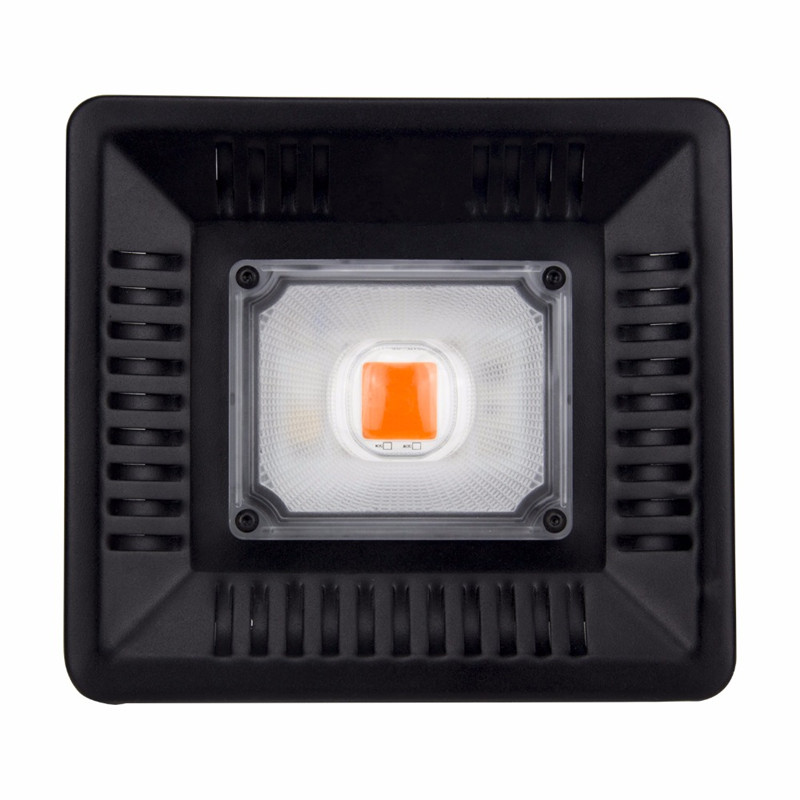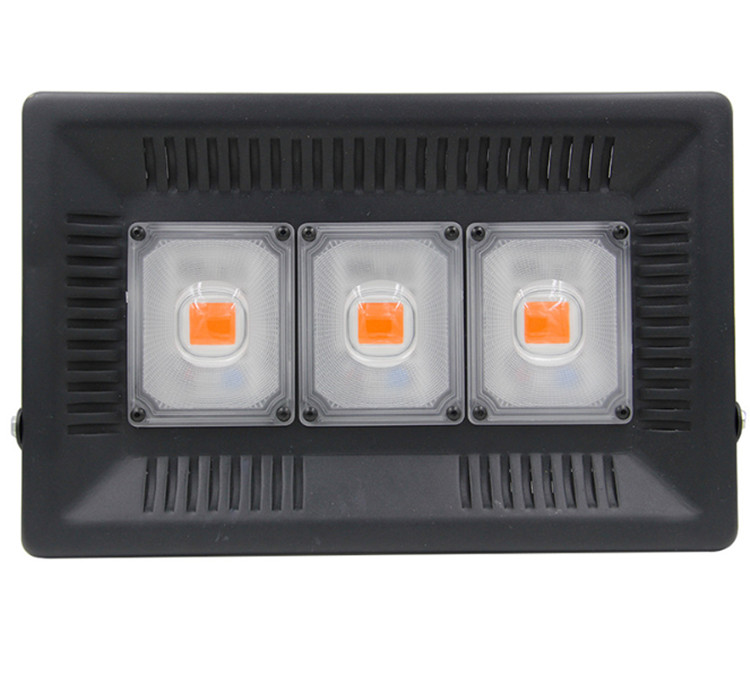The rise of the Internet of Things (IoT) application, in addition to opening up new market opportunities for semiconductor manufacturers, has also brought many new integrated circuit (IC) design challenges, especially the integration of system single-chip (SoC) functions has become higher and higher. The IC design industry is facing more severe digital and analog mixed signal verification (VerificaTIon) challenges.
Huang Xiaoli, executive vice president of Cadence's global operations and systems and verification business group, said that IoT applications must have sensing, processing and connectivity capabilities, while SoCs must be small, low-power and low-cost. Integrating these features will face many challenges.

Huang Xiaoli, executive vice president of the Cadence Global Operations and Systems and Verification Group, said that the demand for verification tools from chip designers in the Asia Pacific region has increased significantly in recent years.
Huang Xiaoli further explained that to achieve the above design goals, SoC developers must use advanced processes. However, it is extremely difficult to create analog functions in advanced process design. Therefore, many chip manufacturers such as MediaTek have begun to use digital pre-distortion (Digital Pre-distroTIon). And digital calibration methods (Digital CalibraTIon) convert many analog functions into digital designs, reducing the challenge of implementing analog circuits in advanced process nodes.
Not only that, the design rules of advanced processes are more and more, and analog and digital circuits must be verified simultaneously to ensure the function of the chip is running flawlessly. Therefore, the demand for mixed signal verification is getting higher and higher, so Yihua continues to invest in new technologies. R&D, such as the recently proposed "Real Number Modeling" technology, allows designers to perform analog analog simulations in digital analog environments, dramatically increasing the efficiency of SoC verification.
On the other hand, Yihua is also committed to the thick intellectual property (IP) lineup required for IoT chip design, such as digital signal processor (DSP), high-end analog-to-digital converter (ADC) and digital analog converter (DAC). ), as well as high-speed interfaces, etc., while striving to ensure that customers use the company's IP in Yihua design tools to achieve the best integrated design.
Huang Xiaoli pointed out that the chip makers in the Asia-Pacific region have long paid more attention to the Design Implementation level and invested relatively little in verification. However, as SoC design becomes more and more complex, chip vendors have gradually realized the importance of verification. After all, if there is an error and it has to be reworked, the time and cost burden is increasing. Therefore, the electronic design automation is purchased this two years. The number of vendors of (EDA) verification tools has increased significantly.
2020 hot sale 50w 100w 150w Cob Grow Light, waterproof IP67, use Epistar 50w cob flip chip, pink lighting/3500k white lighting for you to choose.
50w 1pcs cob chip, can replace hps 300w;
100w 2pcs cob chip, can replace hps 500w;
150w 3pcs cob chip, can replace hps 1000w.
Waterproof Best Cob Led Grow Light, is your best choose for indoor plants, each lamp with bracket, easily install.
50w:

100w:

150w:

Cob Led Chip,Best Cob Chip,Led Cob Chip Grow Light,Cob Chip On Board Technology
Shenzhen Wenyi Lighting Technology Co., Ltd , https://www.wycngrow.com
